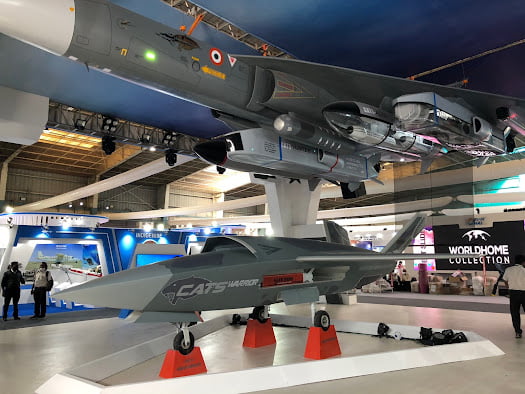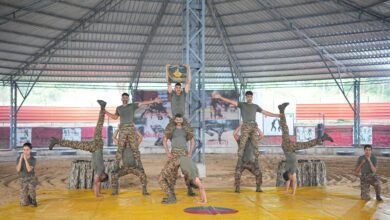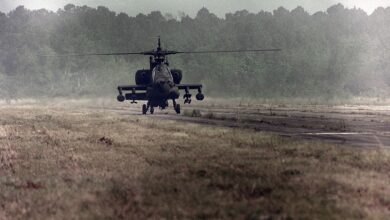
- The Mk2 will be powered by a General Electric GE-414 engine that produces 98kN thrust, compared to the GE-404 engine that powers the LCA Mk1 and MK1A, which produces 84kN thrust. Dr. Rao stated that a significant portion of the GE-414 engine would be manufactured in India with GE technology transfer.
- The LCA-Mk2 is 1350mm longer and has canards, allowing it to carry a payload of 6500kgs as opposed to 3500kgs for the Mk1.
According to officials of the Aeronautical Development Agency (ADA), which is part of the Defence Research and Development Organization, India’s ambitious effort to build an indigenous fifth generation fighter development project, the Advanced Medium Combat Aircraft (AMCA), is set to complete the Critical Design Review (CDR) by December and project approval from the Cabinet Committee on Security (CCS) is expected after that (DRDO).
“Once the project is sanctioned, the first prototype can be rolled out in three years and the first flight in one to one and a half years,” Dr. A.K. Ghosh, project director of AMCA, said last week at DefExpo-2022.
The CDR is an important aspect in which the design is validated through a series of tests before it is frozen. Hindustan Aeronautics Limited (HAL), the project’s production agency, has begun manufacturing operations.
The AMCA is envisioned as a 25-tonne twin-engine stealth aircraft with an internal weapons bay and a Diverterless Supersonic Intake developed for the first time in India. It is designed to have an internal payload capacity of 1500kgs, an external payload capacity of 5500kgs, and an internal fuel capacity of 6500kgs.
The CCS approves the development of the LCA-Mk2, a larger and more capable fighter than the current one, in early September. C.B. Ananthakrishnan, Chairman and Managing Director of HAL, stated at DefExpo, “We will be able to deliver the first prototype in 2025-26 and have the first flight in 2026-27.”
The IAF desired a replacement for the Mirage-2000 because its manufacturer, France, has phased them out, and the LCA-Mk-2 is intended to be its replacement, according to P. Thangavel, project director for the Naval LCA-Mk1 project. “The first prototype should be ready in three years.” It has a much higher payload carrying capacity than the LCA, and the engine provides sufficient thrust while remaining extremely reliable,” he said during a conversation at the DRDO stall at the Expo.
According to Dr. V. Madhusudana Rao, Project Director of the LCA-MK2, the Mk-2 is designed to carry 8-10 Beyond Visual Range missiles (BVR), which no other fighter of this class can carry.
The LCA-Mk2 will be a heavier and more capable aircraft than the current LCA variants and the LCA-Mk1A, 83 of which have been contracted with Hindustan Aeronautics Limited in a 48,000 crore deal (HAL). The IAF has committed to purchasing six LCA-MK2 squadrons.
The Mk2 will be powered by a General Electric GE-414 engine that produces 98kN thrust, compared to the GE-404 engine that powers the LCA Mk1 and MK1A, which produces 84kN thrust. Dr. Rao stated that a significant portion of the GE-414 engine would be manufactured in India with GE technology transfer.
AMCA will be developed in two stages: MK1 with the GE414 engine and MK2 with a more powerful engine planned to be developed in collaboration. The LCA-Mk2 is 1350mm longer and has canards, allowing it to carry a payload of 6500kgs as opposed to 3500kgs for the Mk1.







Facebook Comments